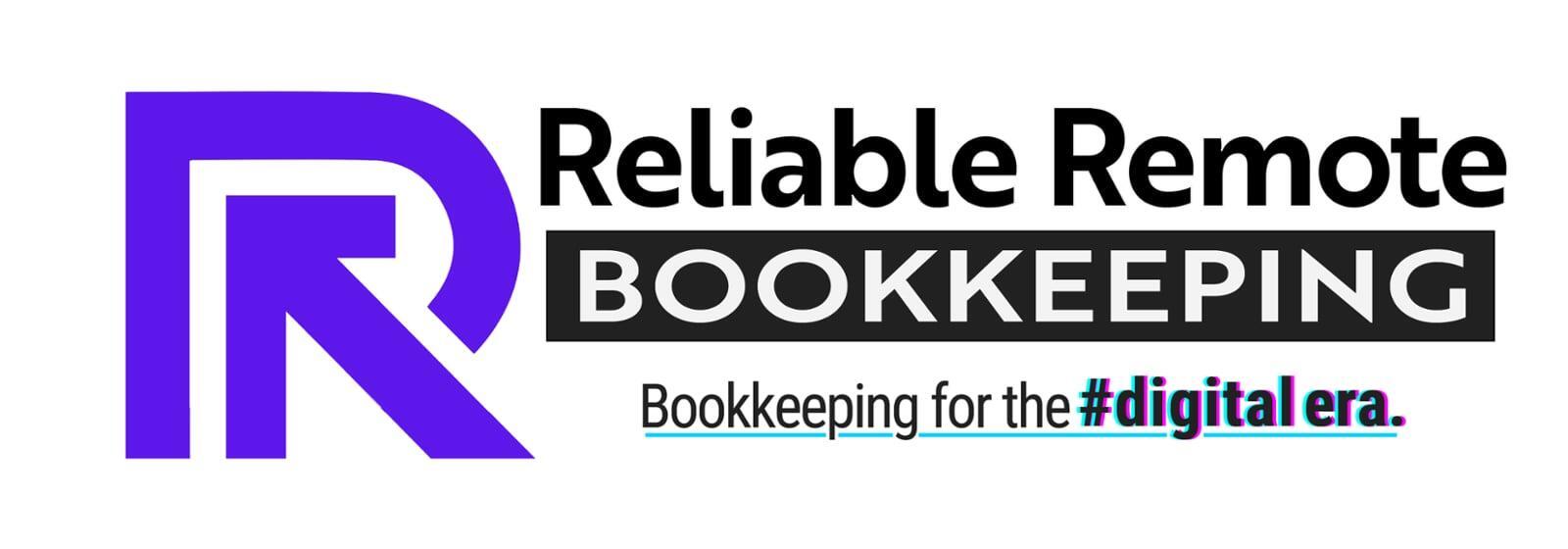
What is a Profit & Loss Report?
What is a Profit & Loss Report?
Short Answer:
A snapshot of your business’s financial health over time (month, quarter, or year).
- Shows: Money earned vs. money spent.
- Answers: “Am I profitable?” and “Where’s my money going?”
Key Sections of a P&L (The Big Picture)

- What it is: Total money made from sales/services.
- Why it matters: Shows if your core business is growing.
- 💡 Tip: Compare revenue month-to-month to spot trends.
- What it is: Direct costs to make your product/service (e.g., materials, labor).
- Why it matters: High COGS? Your pricing or supplier costs might need adjusting.
- What it is: Revenue – COGS = Profit after making your product/service.
- Why it matters: The foundation of profitability.
- What it is: Costs to run your business (rent, marketing, salaries).
- Why it matters: Highlights where you might cut costs.
- What it is: Gross Profit – Operating Expenses = Your TRUE profit.
- Why it matters: Negative? Time to rethink spending or pricing.
1. Income / Revenue (Top Line)
2. Cost of Goods Sold (COGS)
3. Gross Profit
4. Operating Expenses
5. Net Income / Net Profit (Bottom Line)
Red Flags to Watch For
- 🚩 Gross Profit too low? Your product costs may be eating into profits.
- 🚩 Operating Expenses > Gross Profit? You’re spending more than you make.
- 🚩 Net Profit shrinking? Investigate rising costs or falling sales.
How to Use Your P&L
1. Compare Periods
- “Is this month better than last month?”
2. Check Profit Margins
- Gross Margin: Gross Profit ÷ Revenue = Aim for industry benchmarks.
- Net Margin: Net Profit ÷ Revenue = Your overall efficiency score.
3. Spot Spending Leaks
- Example: “Why are marketing costs up 20%?”
4. Plan Ahead
- Use trends to forecast budgets or adjust prices.
Quick Checklist for Non-Accountants
✅ Ask These Questions:
- Are my revenues growing?
- Are COGS or operating expenses rising faster than sales?
- What’s my net profit percentage? (10%+ is generally healthy!))
✅ Next Steps If Net Profit is Negative:
- Trim unnecessary expenses (e.g., unused subscriptions).
- Renegotiate supplier costs.
- Revisit pricing strategy.

